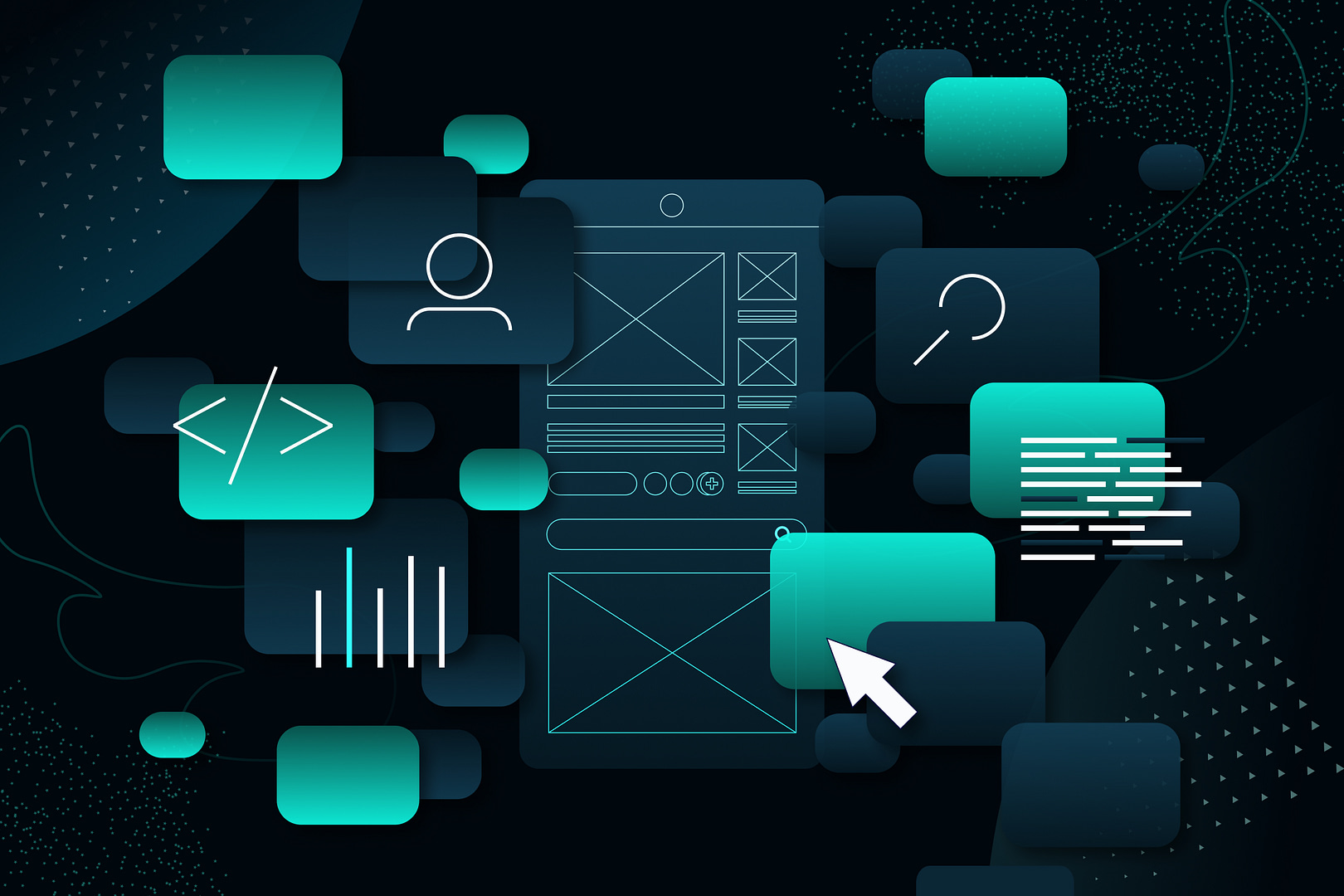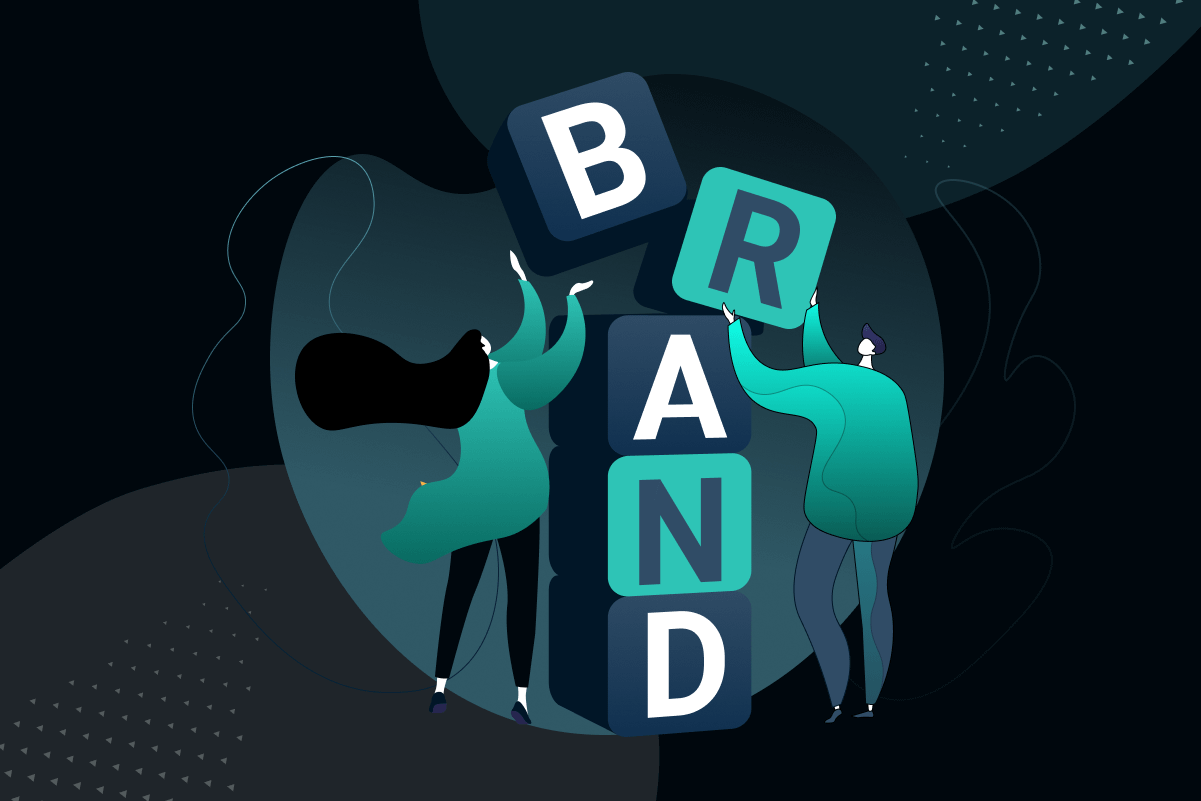Technology has woven itself into the fabric of our everyday lives, from social media to mobile applications. As a result, businesses are heavily investing in digital products and experiences. With this extensive influence, companies are responsible for ensuring that their digital offerings are ethically designed.
Ethical UX design is critical. Today’s consumers are aware of data privacy issues and are increasingly concerned about how their information is gathered, used, and shared. To retain user trust and secure the longevity of their products, businesses must place a high priority on ethical user design.
What is Ethical UX Design?
Ethical design in UX integrates moral and secure considerations into the design process, focusing on its benefits to users, the ecosystem, and society as a whole.
Ethical UX design involves developing digital products and services prioritizing users’ well-being, privacy, and autonomy. It is about creating considerate, transparent, inclusive, and accessible designs. This approach also considers digital products’ social, economic, and environmental impacts, aiming to avoid manipulative patterns, promote collaborative design, be human-centric, and safeguard and respect data privacy. However, there is no globally recognized standard yet.
At its core, ethical design is about conscientious creation, adhering to the moral principles of promoting good and preventing harm to users, the environment, or society.
Defining what constitutes ethical design in digital contexts is complex due to the absence of a universally accepted ethical code. The range of unethical design practices can vary from algorithmic bias to subtle manipulative tactics such as confirm-shaming. It may include issues like security flaws in connected devices or overly complex healthcare interfaces that can lead to severe outcomes.
Although there is no definitive guide for ethics in digital design, several common principles emerge across various frameworks. Ethical design should avoid deceptive practices, uphold data privacy, ensure accessibility, focus on human needs, and foster collaborative design processes.
Why Is Building Trust Important In UX Design and Business?
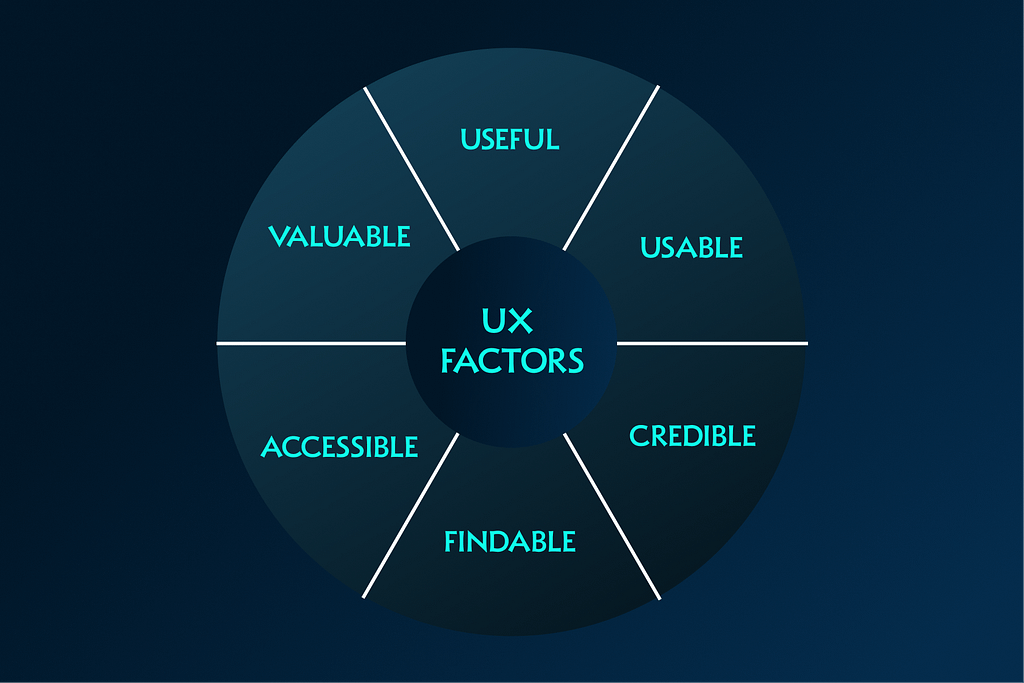
Every interaction online, from the simplest to the most complex, inherently contains biases. The vast array of information, services, and products we encounter online has its own perspectives, often reflecting conscious or unconscious biases. Here’s why ethical design in UX is crucial:
Language and Localization Bias:
Designs frequently default to a language based on the user’s assumed location or device settings. Ethical design practices involve allowing users to choose their preferred language, enhancing user autonomy, and respecting personal preferences. This is evident when apps or devices prompt users to select their language when setting up for the first time.
Gender Bias in Design:
Often, products intended for universal use inadvertently target one gender through specific visual and language choices. Ethical UX design promotes inclusivity by adopting a gender-neutral design language that is inviting to all users, for example, using “Hey There” instead of “Hey Man.”
Facial Recognition Bias:
Facial recognition technology has permeated everyday devices, yet accurately recognizing diverse facial features across races, ethnicities, and indigenous groups remains challenging. Ethical UX design demands a commitment to developing algorithms that truly acknowledge and embrace this diversity.
These examples demonstrate how seemingly minor design elements can disrupt the user experience and potentially tarnish a brand’s image. A brand’s approach to inclusivity, diversity, and accessibility online reflects its core values and cultural attitudes. It emphasizes the importance of adhering to ethical design principles to build a positive, respectful, and enduring brand reputation.
What is the Need for Ethical Design in UX?
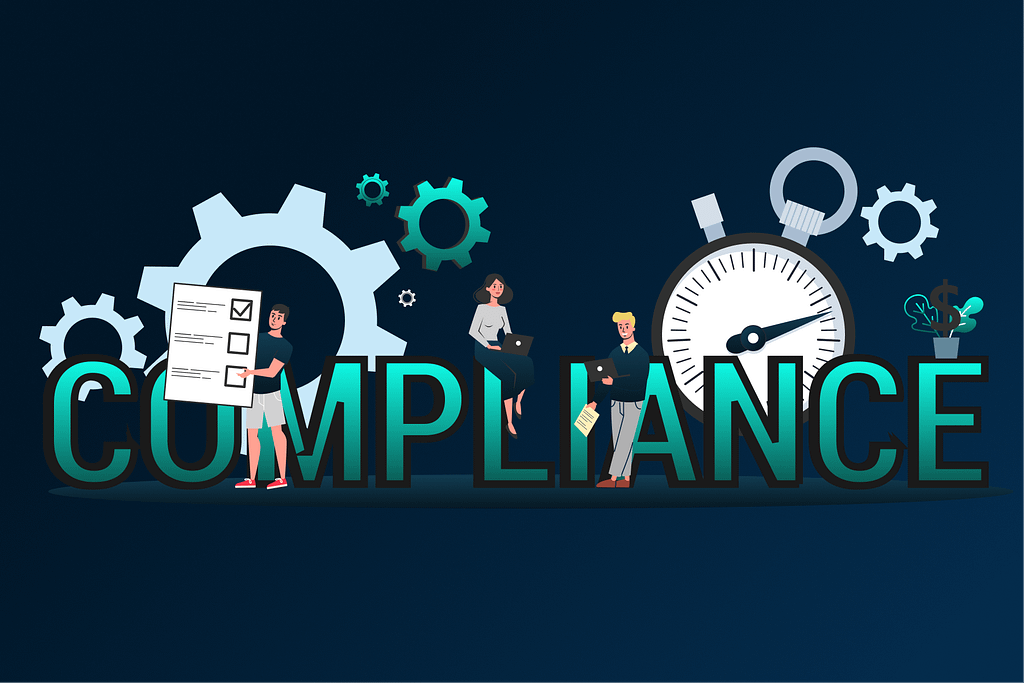
Ethical design is fundamental in UX because it incorporates our core moral values, ensuring digital products are inclusive, accessible, and diverse. This approach not only respects various aspects of human diversity, such as gender, race, culture, and language, but it is also a significant component of UX practice. Here’s why ethical design is essential:
- Offering User Satisfaction: Ethical design prioritizes the user’s needs over demographic stereotypes, creating a welcoming environment for all users. This approach improves user satisfaction through easy navigation, intuitive design, and relevant content, improving the overall user experience.
- Building Brand/Designer Reputation: By adhering to ethical UX design principles, designers and brands can cultivate a positive societal image and become leaders in socially conscious design. This commitment can also provide a competitive market advantage.
- Gaining User Trust: Ethical design helps build trust with users. For example, when a privacy notification reassures users that their data is secure, it establishes a sense of respect and security. This trust can foster a loyal user community that is likely to promote the brand.
- Compliance with Legal and Policy Frameworks: Ethical design ensures adherence to legal standards, particularly concerning data privacy. By integrating these requirements seamlessly into the UX, designers can reinforce user trust while minimizing legal risks.
- Being Socially Responsible: Ethical UX design involves understanding digital products’ broader societal and environmental impacts. Designers need to consider aspects like carbon footprint and inclusivity, highlighting the importance of social responsibility in design.
Ethical Considerations in UX Design
A recent survey reveals that over 80% of consumers expect companies to prioritize their privacy and security, while over 70% believe businesses should positively impact society through their products and services. This emphasizes that integrating ethical principles into design processes is morally correct and strategically beneficial for businesses. Here’s how:
1. Respecting User Privacy

Nowadays, with frequent data breaches and pervasive online surveillance, prioritizing user privacy is crucial. Key steps include employing encryption and minimal data collection necessary for functionality, transparent data practices, and giving users control over their information. DuckDuckGo exemplifies this approach by not tracking user activity or collecting personal information, ensuring complete user privacy.
2. Accessibility: A Right, Not a Privilege
Accessibility in design means creating interfaces that everyone can use, including those with different physical and cognitive abilities. Techniques like using larger fonts, high-contrast colors, and clear navigation improve usability for all. Netflix supports accessibility by providing closed captioning and audio descriptions, ensuring all content is accessible to users with visual and hearing impairments.
3. Avoiding Dark Patterns
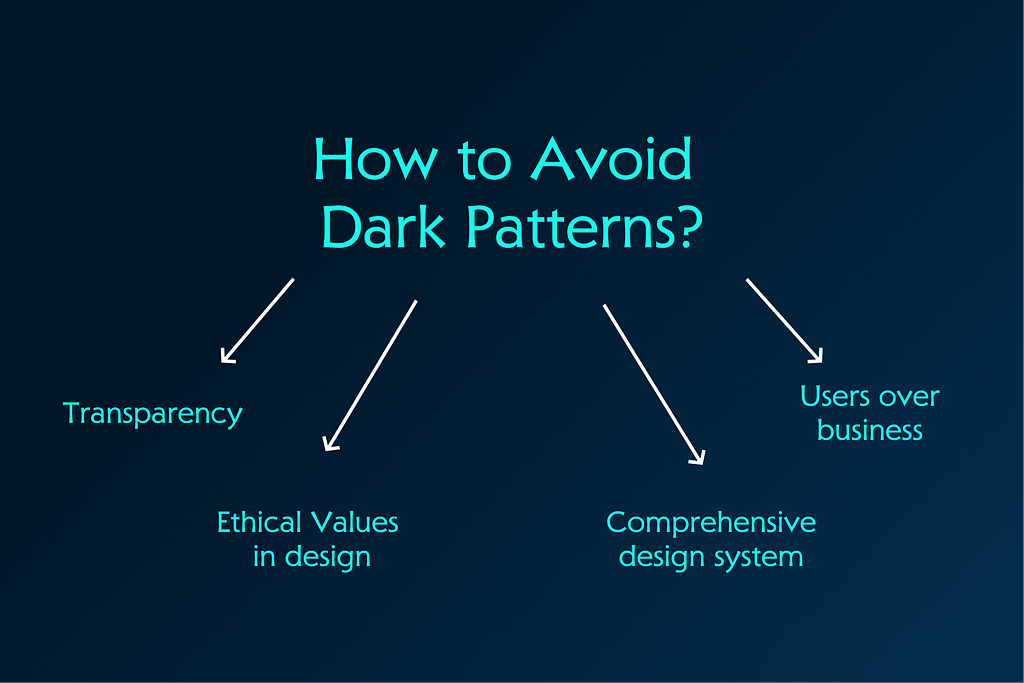
Dark patterns mislead users into actions they didn’t intend, such as unwanted subscriptions or purchases. Ethical UX design avoids such tactics and instead relies on transparency to build trust. An example is LinkedIn, which received backlash for manipulative practices in its promotions. Instead, ethical strategies should be used to foster loyalty without compromising integrity.
4. Cultural Sensitivity and Inclusion
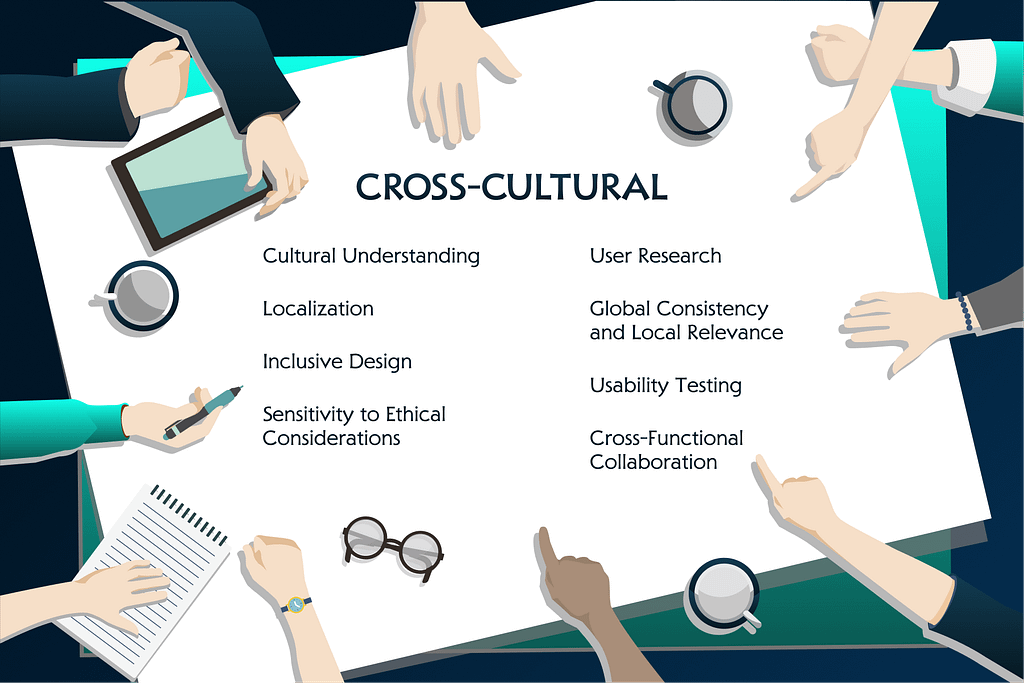
Cultural sensitivity and inclusivity in ethical UX design ensure that products and services cater to all users, regardless of race, gender, sexuality, or abilities, avoiding discrimination and biases. This involves integrating features such as multilingual support and using diverse imagery. Such practices promote a sense of belonging and care towards users. Airbnb, for instance, enhances inclusivity with features like “Instant Book” and accessible property filters, creating a welcoming environment for all users.
5. Mental Well-being
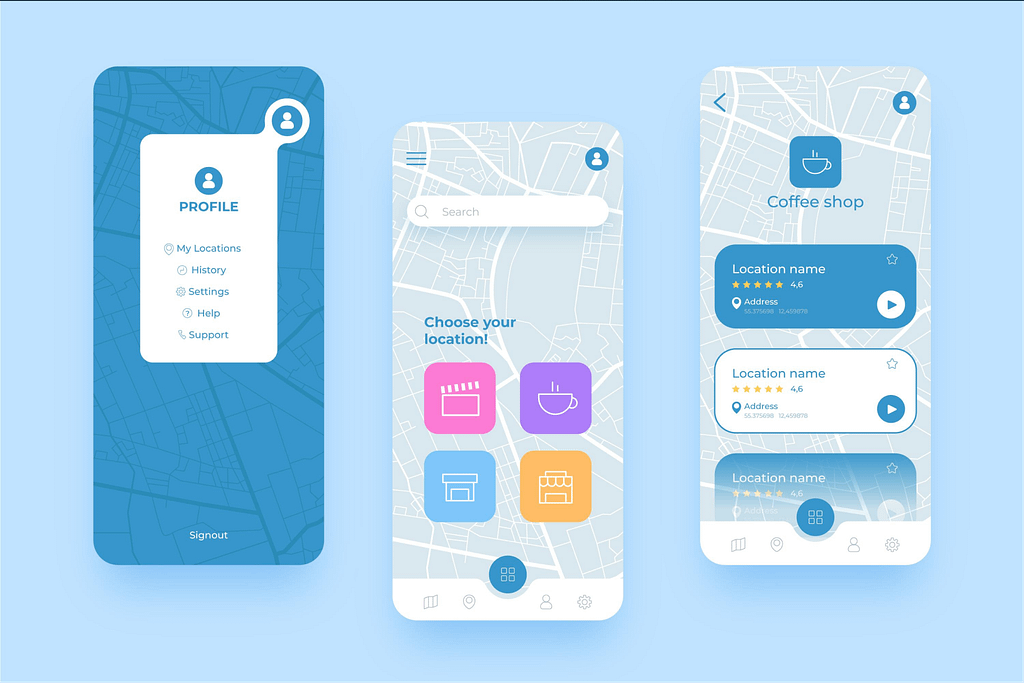
Designing with the user’s mental well-being in mind involves considering users’ emotional experiences, using elements like calming colors and easy navigation to elicit positive responses. The Headspace app is a prime example. It is designed to aid mental health with features such as guided meditations and a user-friendly interface, promoting relaxation, focus, and user trust.
6. Sustainable Design Practices
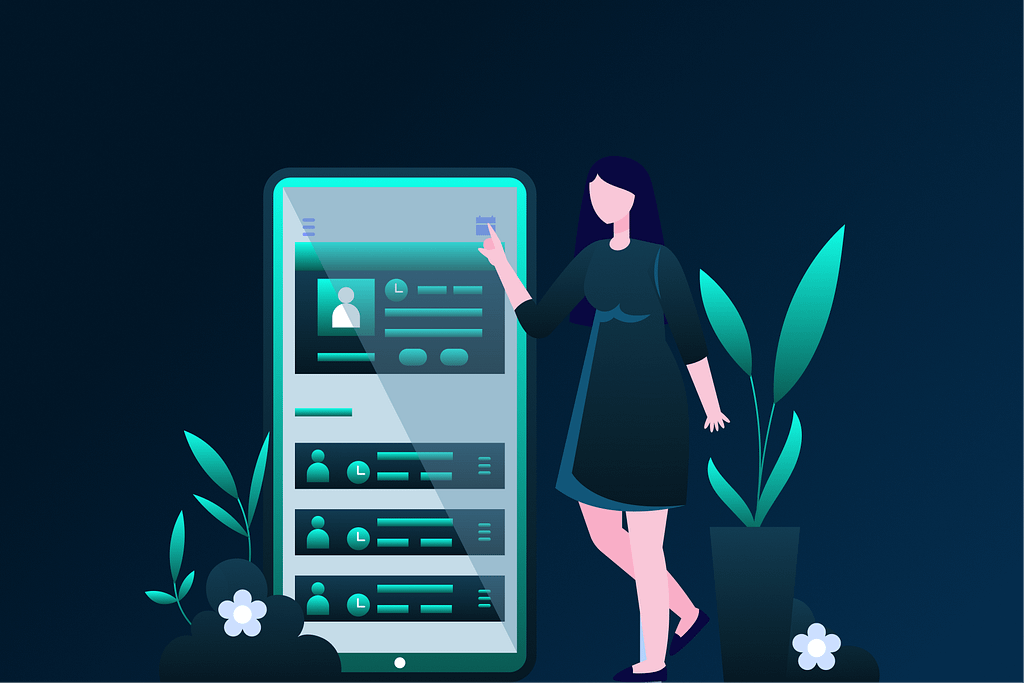
Ethical UX design practices are increasingly embracing sustainability, emphasizing products designed for minimal environmental impact and longevity. The Fairphone is a prime example of sustainability, with its environmentally friendly, repairable, and upgradable design reducing e-waste and promoting longer usage lifespans.
7. User Autonomy and Control
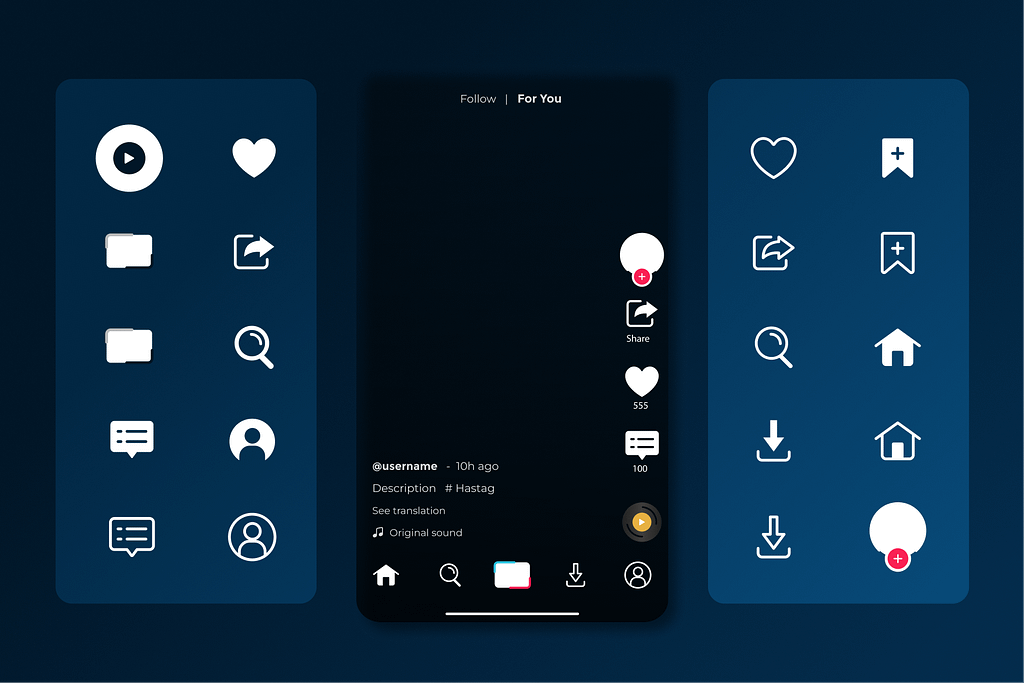
Providing users with control over how they interact with products enhances their autonomy. Customizing notifications and interface views can lead to a more personalized and satisfying user experience. Platforms like Facebook and Instagram let users customize their content and interactions, contributing to widespread popularity.
The Future of Ethical UX and Privacy
Ethical UX design is about respecting users and considering the broader impact on society and the environment. As technology evolves, so must our approach to ethical design, ensuring that AI and machine learning advancements are implemented transparently and with user consent. Designers should engage with users to understand their privacy preferences and provide control over personalization settings, ensuring a balance between personalized experiences and privacy.
Conclusion
The significance of ethical UX design cannot be overstated—it is a crucial element for creating digital products that truly connect with users. By committing to principles like transparency, autonomy, privacy, and trust, we can deliver digital experiences that are not only enjoyable but also ethical.
Designers must be aware of ethical and moral considerations within the UI/UX field, regardless of the projects they undertake, the organization they work for, or their experience level. Adhering to established rules and the principle of “first, do no harm” is vital, much like in medical science. If your projects begin to mislead or frustrate users, it’s time to revisit the fundamentals and maintain ethical standards in design.
Searching for a partner to create seamless and engaging user experiences? Look no further than our UI/UX design services. Wilson Wings provides complete end-to-end solutions, from wireframing and prototyping to user testing, to maximize customer engagement and establish a successful digital presence.

